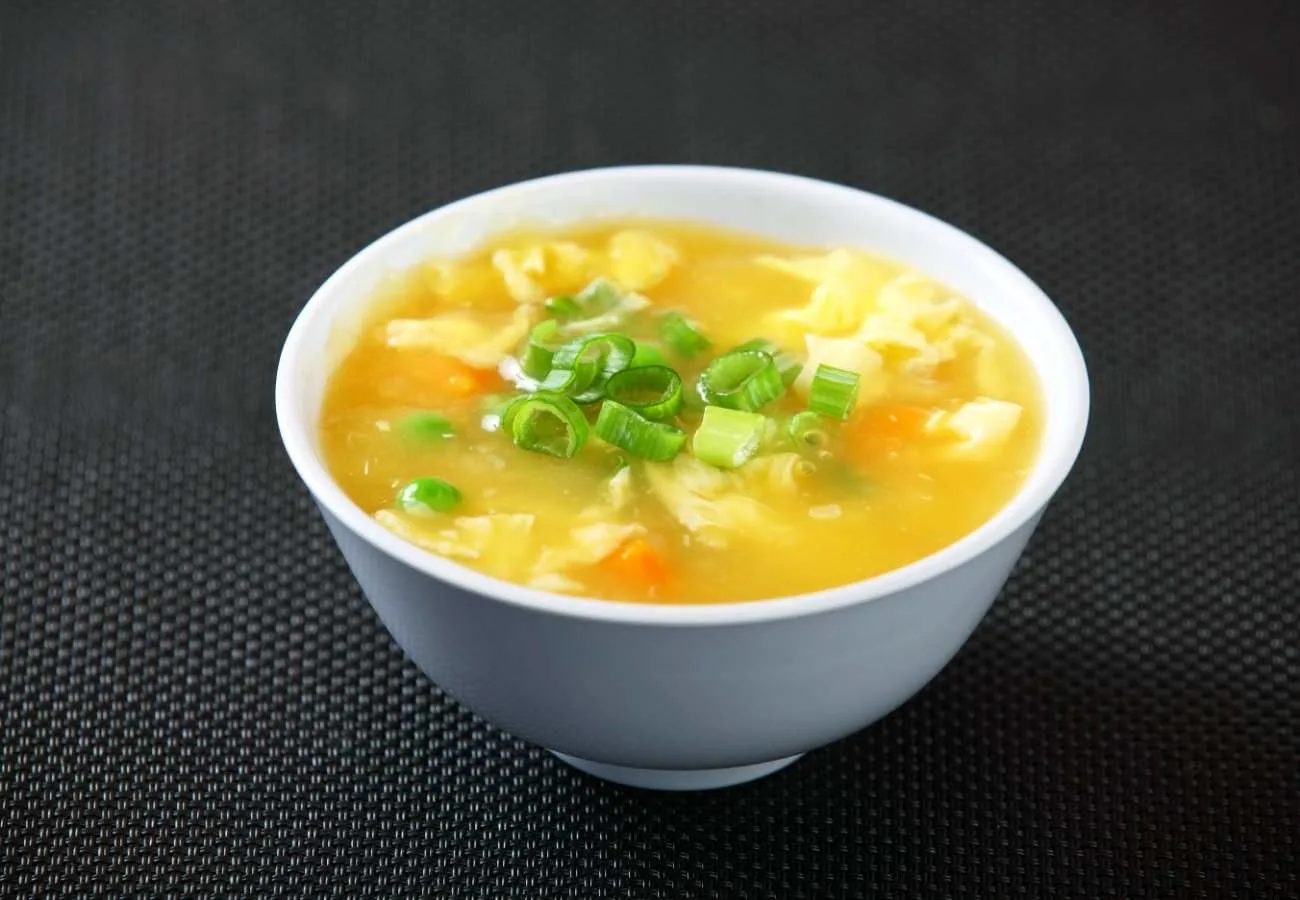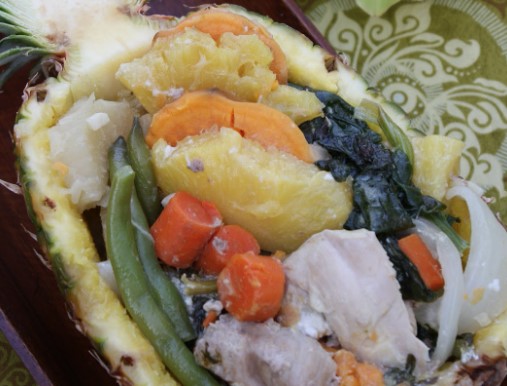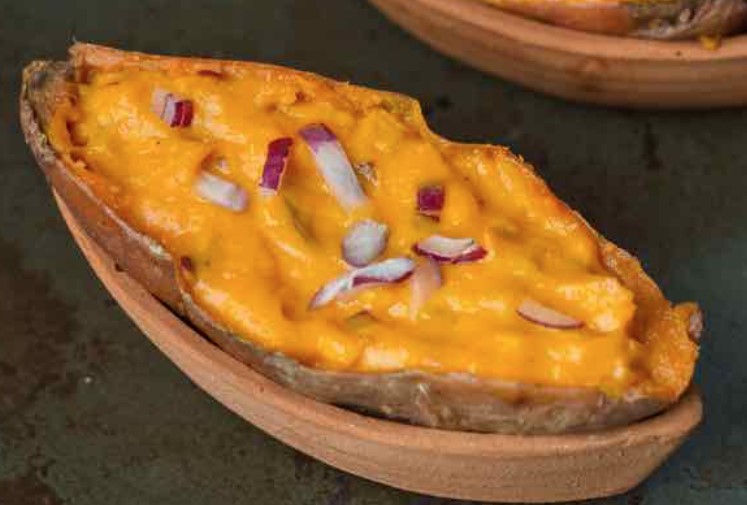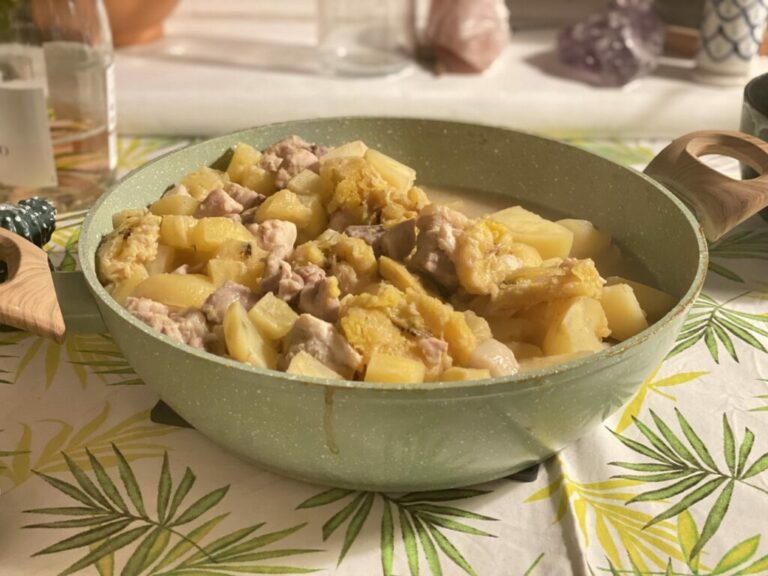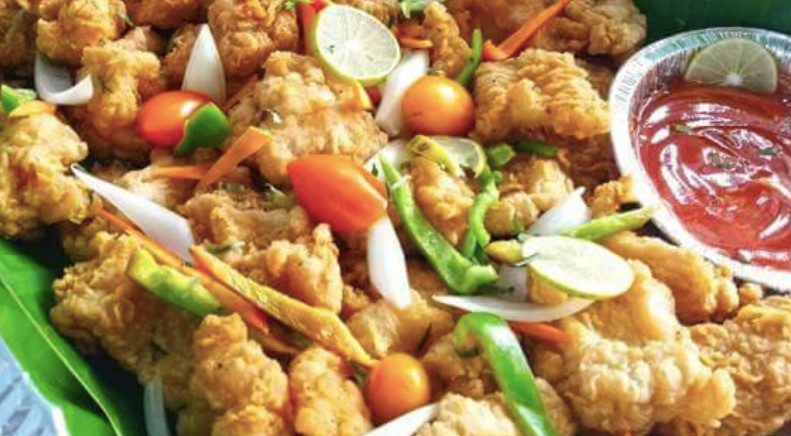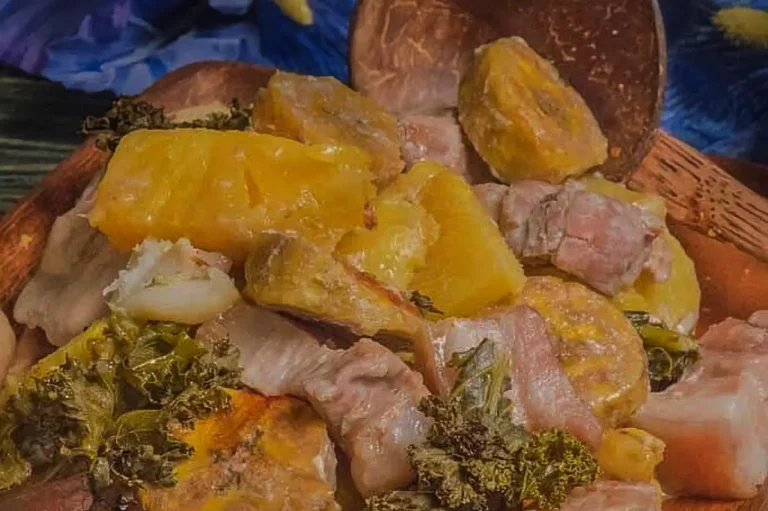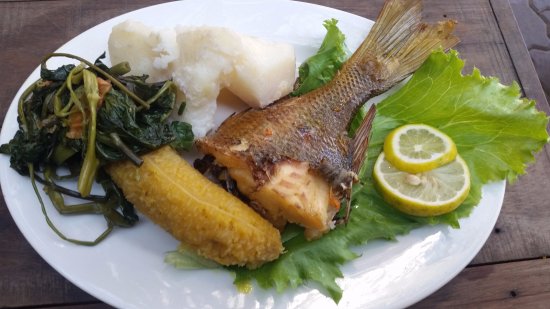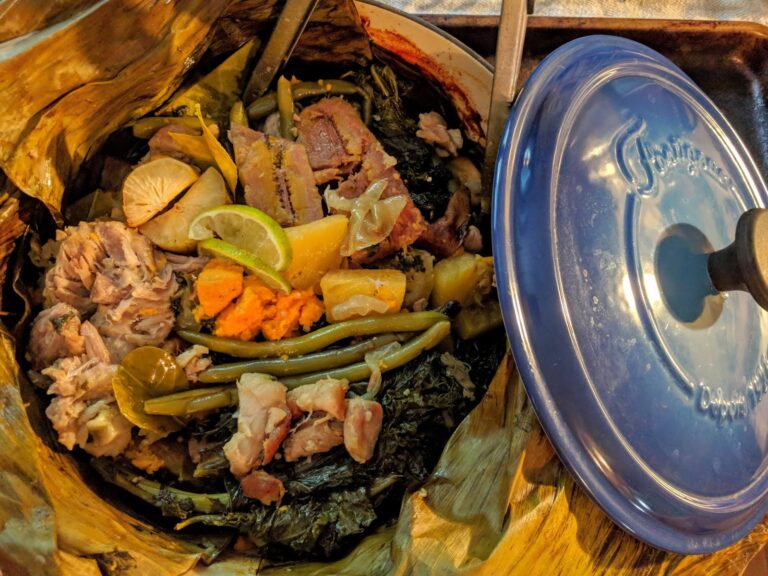Introduction to Papua New Guinean Cuisine
Papua New Guinea is a country that has a rich cultural heritage and a diverse geography. The country’s cuisine is a reflection of these influences. The cuisine of Papua New Guinea is unique and has been influenced by a variety of factors. The cuisine is primarily based on the traditional foods of the various indigenous groups that inhabit the country. The food is typically prepared using fresh ingredients and traditional cooking methods.
Overview of the Country’s Geography
Papua New Guinea is situated in the southwestern Pacific Ocean. The country has a diverse geography, with mountainous terrain, dense rainforests, and coastal regions. The different regions of the country have distinct food cultures. The mountainous regions of the country are home to many indigenous groups that have a rich food culture. The lowland regions of the country have a more diverse food culture, influenced by the colonial history of the country.
Influence of Indigenous People on Cuisine
The indigenous people of Papua New Guinea have a rich food culture that is based on traditional farming practices. The food is typically prepared using fresh ingredients and traditional cooking methods. The food culture of the indigenous people is based on the use of root vegetables such as yams, sweet potatoes, and taro. These vegetables are often boiled or roasted and served with meat or fish.
Colonial Influences on Papua New Guinean Cuisine
The colonial history of Papua New Guinea has had a significant influence on the cuisine of the country. The food culture of the country was greatly influenced by the arrival of European settlers in the 19th century. The settlers introduced new ingredients such as wheat, rice, and sugar. They also introduced new cooking techniques such as baking and frying. The colonial influence is particularly evident in the coastal regions of the country, where seafood is a staple.
Regional Variations in Cuisine
The different regions of Papua New Guinea have distinct food cultures. The highlands of the country are home to many indigenous groups that have their own food cultures. The lowlands of the country have a more diverse food culture, influenced by the colonial history of the country. The coastal regions of the country have a rich seafood culture that is influenced by the country’s position in the Pacific Ocean.
Modern Influences on Papua New Guinean Cooking
The cuisine of Papua New Guinea has been influenced by modern cooking techniques and ingredients. The country has experienced a significant influx of immigrants from other countries in recent years. These immigrants have brought with them new ingredients and cooking techniques that have influenced the cuisine of the country. The cuisine of Papua New Guinea continues to evolve and adapt to the changing tastes and preferences of its people.

